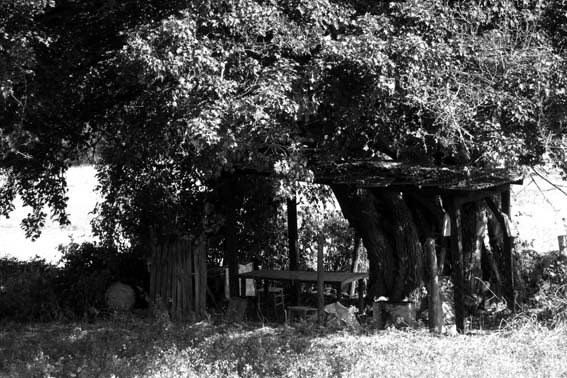Can non typical traditional forms of sacral space serve as a guide in the development of new forms of religious architecture in Serbian Orthodox Church?
DOI:
https://doi.org/10.17979/aarc.2013.3.0.5083Keywords:
Architecture, Tradition, Contemporary, Serbian Orthodox Church, Zapis (inscription)Abstract
This paper presents the possibilities of the development of new forms of religious architecture in Serbian Orthodox Church, on the basis of certain traditions. Current situation in this field is analyzed with special emphasis on non-typical religious buildings and spaces. The authors show that the domination of traditionalism in architectural expression is not based on the canonical restrictions, but rather the result of striving to establish the interrupted continuity by replicating forms from previous époques. Freedom of architectural creation in this field is strongly supported with the variety of forms existing through history of which zapis is particularly interesting.
Downloads
Metrics
References
Kadijevic, Aleksandar & Miroslav Pantovic. 2011. «Los conceptos y la identidad en la nueva arquitectura ortodoxa serbia (1990-2009)», Actas de Arquitectura Religiosa Contemporenea, 2-II, 29-39. https://doi.org/10.17979/aarc.2011.2.2.5051.
Kloc, Hajnrih. 1995. Umetnost u XX veku: moderna – postmoderna – druga moderna. Novi Sad: Svetovi.
Maksimovic, Nadežda Pešic. 1984. Spomenièke vrednosti seoskih centara u Srbiji. Belgrado: Republièki zavod za zaštitu spomenika kulture.
Manic, Božidar. 2009. «Pristup prouèavanju novije sakralne arhitekture u Srbiji - analiza mogucnosti razvoja modela pravoslanog hrama». Tesis doctoral, University of Belgrade.
Pamphilius, Eusebius. 2013. «Church History». En Church History, Life of Constantine, Oration in Praise of Constantine, editado por Philip Schaff, vol. 7. Grand Rapids, Michigan: WM.B. Eerdmans Publishing Company. Consultado el 3 de septiembre de 2013, http://www.ccel.org/ccel/schaff/npnf201.iii.xii.xxiii.html.
Popovic, Justin. 2004. Dogmatika pravoslavne crkve III. Belgrado: Zadužbina Sveti Jovan Zlatousti Ave Justina Celijskog.
Šmeman, Aleksandar. 1992. Liturgija i život. Cetinje: Mitropolija Crnogorsko-primorska i Skenderijska.
Todorovic, Ivica. 2005. Ritual uma. Znaèenje i struktura litijskog ophoda. Belgrado: Etnografski institut SANU.
Todorovic, Ivica. 2006. «Hrišcanska i prethrišcanska dimenzija rituala litijskog ophoda», Bulletin of the Ethnographical Institute SASA 47: 271-287.
Tolstoj, Svetlana y Ljubinko Radenkovic, eds. 2001. Slovenska mitologija, enciklopedijski reènik. Belgrado: Zepter Book World.
Vukašinovic, Vladimir. 2001. Liturgijska obnova u XX veku. Belgrado: SPC.
















